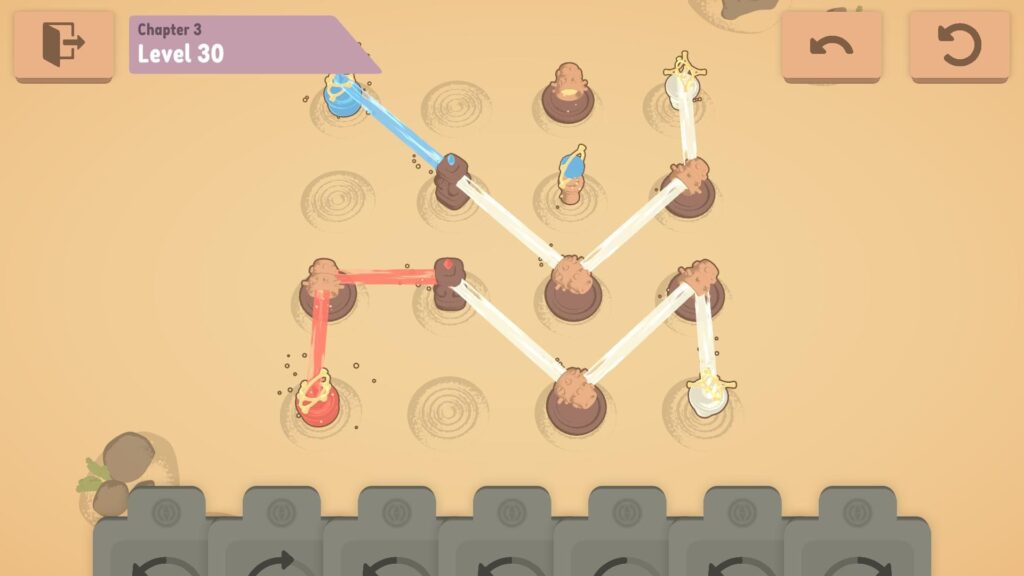
PC
Well what splendid timing. I was just bemoaning over on the Patreon what a miserable run of bad luck I’ve had with finding games for BT of late, when along comes Sands of Solaris. You may well glance at the screenshots and say, “But John, as unnecessarily handsome as you might be, and as glorious a human as we could ever hope to know, surely this is just yet another light puzzle?” Worry not, my good friend, for this is a rather brilliant twist. It’s a card game!
Yes indeed, this is a sort of deck-based puzzle game, because by the laws of physics, all games must eventually converge with decks of cards. In this case, what is otherwise a fairly traditional rendition of the puzzle – you rotate the mirrors that redirect the beams of light until they hit the target – becomes a step more interesting because the moves you can play are dictated by the cards in your hand.
So you might start a level with a couple of 180° turn cards, a -90°, and a 45°, and it’s about playing these cards on the correct nodes such that the puzzle can be completed. Which is a great idea! But worry not, because it’s not about having a random set of cards from a deck, and having to collect new cards, switch them in and out, any of that business. Here each level just starts you off with the cards you’ll need, and leaves you to it.

Interestingly, very often levels will be designed such that you don’t need to use half the cards you’re given, or indeed where half the nodes on the screen won’t need to be involved. It’s about finding the correct application from within the tools you’re given. The further you get, the more the difficulty ramps up, with the addition of new nodes, coloured light beams, and all the usual business you might expect if you’ve played light puzzles before. Only, with this novel twist.
The layout is a little clumsy. I’ve been forced to play in 1920×1080, because even though the game beautifully reshapes itself when you stretch the window, it then annoyingly resets itself at the start of each new level. This also means that the cards (or concrete slabs, I suppose, looking at them) poke over the puzzle a bit too far, meaning it can often be tricky to click on the lowest nodes behind the card. It could all do with being a bit smaller, really, giving you more space to click around.
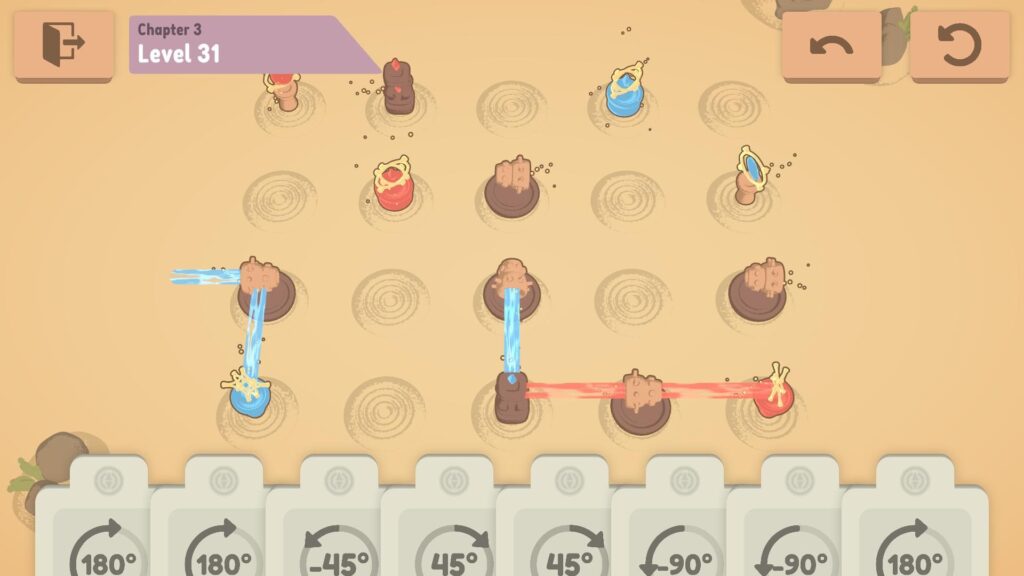
Other than that, it’s hard to think of complaints. Especially given it costs so very little, even at full price, with over 70 levels. I’m not entirely sure what earns it the grandiose name! I feel like a completely unnecessary storyline might have been wisely cut at some point, leaving just the mystical title behind, and rather love that. You can imagine your own overly-grand reason for pointing light in specific directions as you play. And play it you should.
- Rome Renner
- Steam
- £3.40 / $4
All Buried Treasure articles are funded by Patreon backers. If you want to see more reviews of great indie games, please consider backing this project.
80




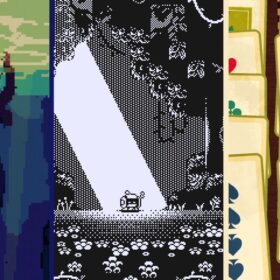



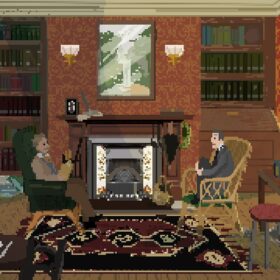
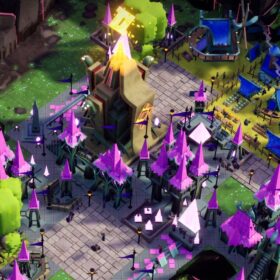
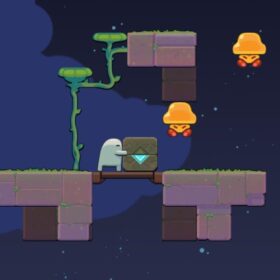


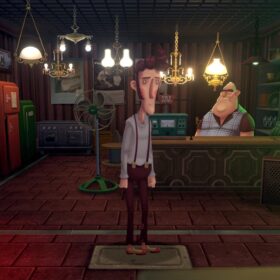
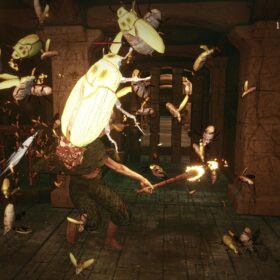

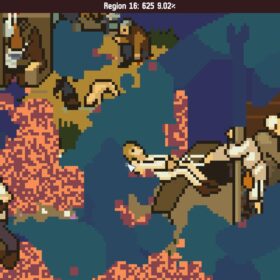
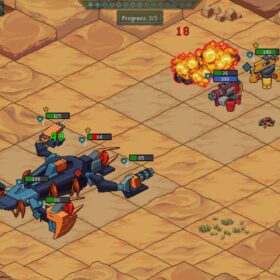

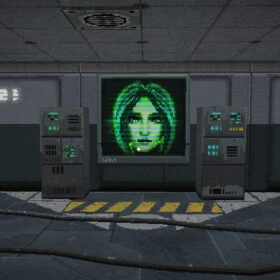

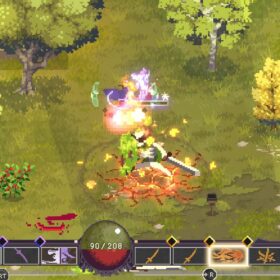
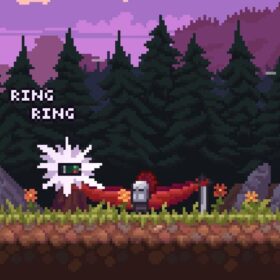

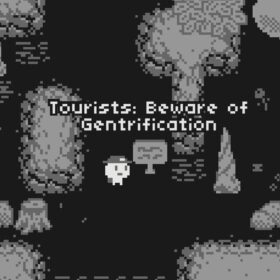


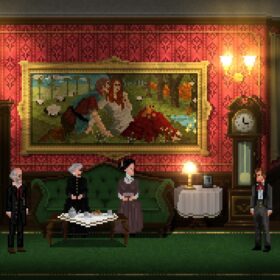

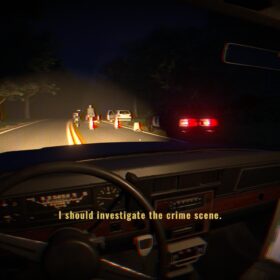
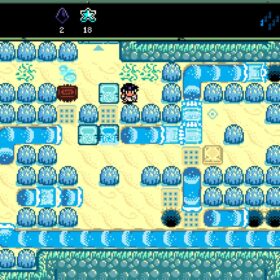
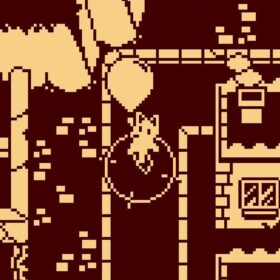
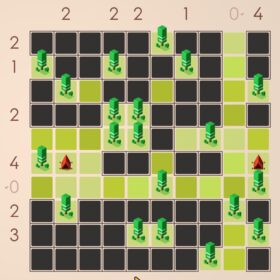

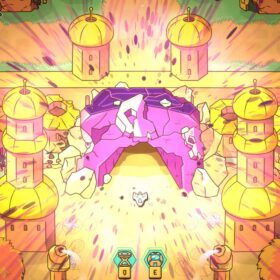



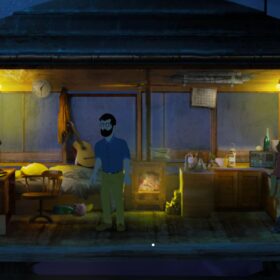

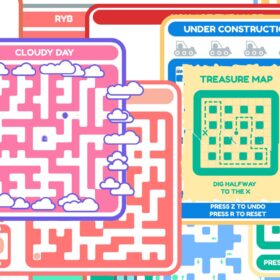

John,
Thank you for turning me onto this wonderful game. I’ve been enjoying it quite a bit. However, I am completely stumped on level 29. I’ve been staring at it for hours and have tried many things, but this one has my brain completely frazzled. If you’ve passed that one, care to share any hints?
Cheers,
Matt
re: level 29 – I finally got past it after playing with it a bit more. I feel silly now. 🙂
Not sure I agree on this one, yes its bonkers cheap so hard to be strongly against it, but it never felt well-designed in not needing to use some of the cards. I found I just bodged through the first 2 chapters without blinking, either I was lucky or there isn’t that much you can get wrong in each level with the cards you are given. Maybe the later stuff will be more compelling when more mechanics are introduced.